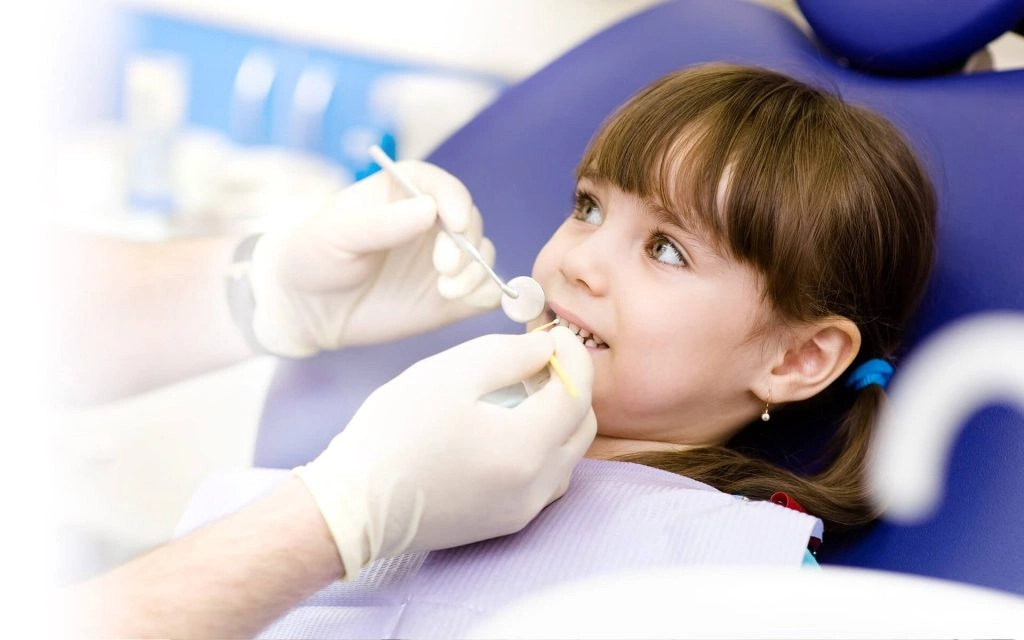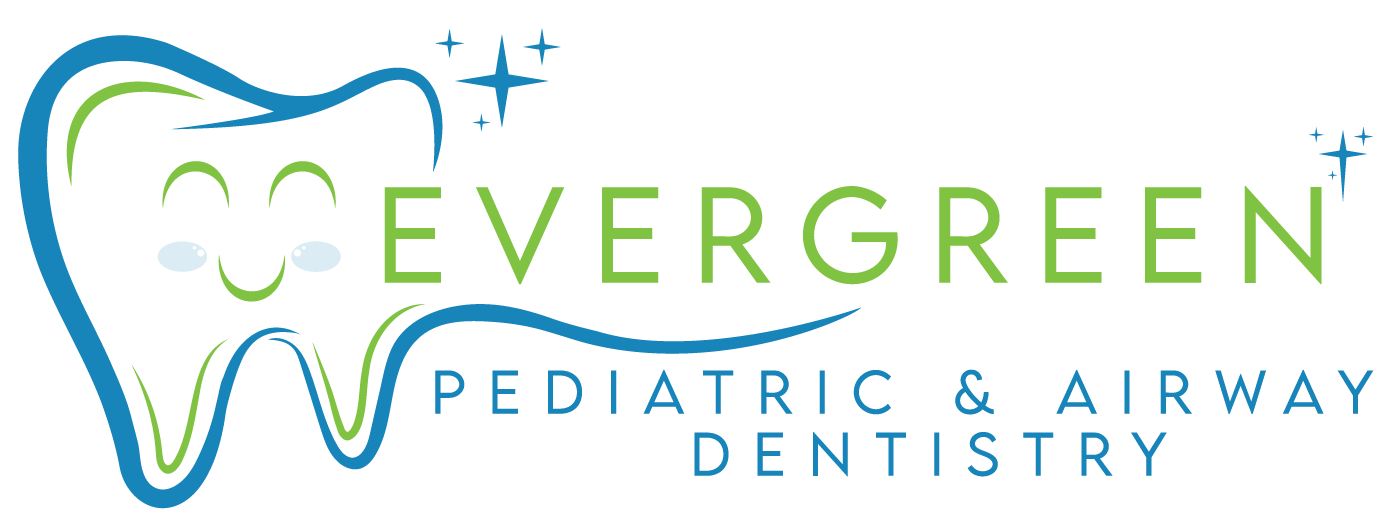The Basics of Sleep Dentistry for Kids
Navigating the complex world of pediatric dental care can often feel like an uphill battle, especially when your child is anxious or fearful of visiting the dentist. But what if there were a compassionate, stress-free solution that could make your child’s dental visits more serene and peaceful? Enter the realm of sleep dentistry for kids—a revolutionary approach that is transforming the pediatric dental experience into something both parents and children can look forward to. In this comprehensive guide, we’ll unwrap the basics of sleep dentistry for children, exploring how it works, its benefits, and what you can expect during your child’s appointment.
Understanding Sleep Dentistry
Sleep dentistry, also known as sedation dentistry, is a technique used by pediatric dentists to help children relax or sleep through their dental procedures. This method is especially beneficial for young patients who experience dental anxiety or have special needs that make traditional dental visits challenging. Utilizing a range of sedatives from mild to deep, sleep dentistry can be tailored to the specific needs and comfort levels of each child, ensuring a safe and anxiety-free dental experience. The goal of sleep dentistry is not only to alleviate fear but also to prevent traumatic dental experiences that could affect a child’s willingness to seek dental care in the future. By creating a more positive dental visit, sleep dentistry helps foster a healthy relationship between children and their oral healthcare, establishing a foundation for good dental habits that can last a lifetime.

Children Sleep Dentistry
Benefits of Sleep Dentistry for Children
One of the most apparent benefits of sleep dentistry for children is the reduction of anxiety and fear associated with dental visits. Many children become anxious at the thought of going to the dentist, but sleep dentistry can transform this experience into one of calm and relaxation. Furthermore, it allows for the completion of multiple dental procedures in one visit, which is particularly advantageous for children who need extensive dental work or those with limited tolerance for lengthy sessions. This efficiency reduces the number of appointments required and minimizes the disruption to the child’s and family’s routine.
Another significant advantage is the potential for pain-free dental care. Children undergoing sleep dentistry often experience no discomfort during the procedure, leading to a more positive perception of dental visits. This positive experience is crucial in building trust with their dentist and can encourage more proactive engagement with dental health practices. Additionally, because the child is more cooperative under sedation, the dentist can work more effectively, ensuring high-quality care and minimizing the risk of complications.
Ultimately, sleep dentistry promotes overall better oral health for children. By removing the barriers of fear and discomfort, children are more likely to receive regular, comprehensive dental care. This proactive approach helps prevent the progression of dental issues and supports the development of healthy, strong teeth and gums from a young age.
Who is a Candidate for Sleep Dentistry?
Sleep dentistry is an excellent option for a wide range of pediatric patients. Primarily, it is beneficial for children who exhibit severe anxiety or fear about dental procedures, turning what could be a traumatic experience into a calm and manageable one. It’s also particularly helpful for children with special needs, including those who may have trouble sitting still for extended periods or who have sensory processing disorders. Kids requiring extensive dental work benefit as well, since sleep dentistry allows for multiple procedures to be completed in fewer visits, reducing stress on the child and the parents alike. Additionally, children who have had negative experiences with dental care in the past and are hesitant to undergo more treatments can find solace and comfort in sleep dentistry. It’s important for parents to consult with a pediatric dentist to determine if their child is a suitable candidate for sleep dentistry, ensuring a personalized and safe approach to their dental care.
Preparing Your Child for Sleep Dentistry
Preparing your child for sleep dentistry is an important step that can greatly influence their comfort and perception of the upcoming procedure. Begin by discussing the visit in a calm and reassuring manner, focusing on the positive aspects, such as the absence of discomfort and how quickly the visit will seem to pass. It’s crucial to maintain a positive tone, as children often pick up on their parents’ anxieties and concerns.
Before the appointment, follow all the pediatric dentist instructions regarding eating and drinking. These guidelines are essential for ensuring the sedation process goes smoothly and safely. Also, prepare a list of your child’s current medications and any medical conditions to share with the dental team.
Choose comfortable clothing for your child to wear to the appointment, making sure it’s loose-fitting and suitable for the dentist to easily monitor vital signs during the procedure. Bringing along a favorite toy or blanket can also provide comfort and reassurance to your child.
Finally, plan for a quiet day after the procedure. Your child will need time to fully recover from the sedatives used during sleep dentistry. Arrange for a peaceful environment at home where they can rest, and closely monitor them as they recover from sedation.

Children Sleep Dentistry
What to Expect During the Appointment
During a sleep dentistry appointment, the experience will be tailored to ensure your child’s comfort and safety throughout the procedure. Upon arrival, you’ll be greeted by the dental team, who will review your child’s health history and the planned dental procedures. Your pediatric dentist will then explain the sedation process, addressing any questions or concerns you might have.
The type of sedation used for your child will depend on their needs and the level of anxiety or cooperation expected. It may range from mild sedatives, which keep the child awake but relaxed, to deeper sedation methods where the child may sleep through the entire procedure. The dental team is specially trained to administer sedatives safely and will continuously monitor your child’s vital signs to ensure their wellbeing.
Once the dental work begins, you may be allowed to stay with your child until they fall asleep, after which you’ll wait in a designated area. The duration of the dental procedure will vary depending on the treatments being performed but expect to be informed throughout the process.
After the procedure, your child will be moved to a recovery area where they will gradually wake up. It’s normal for children to feel groggy or confused as the sedation wears off, and the dental team will be there to comfort and monitor them during this time. Before leaving, you will receive detailed aftercare instructions, including any necessary prescriptions and guidelines for eating, drinking, and activity levels.
The goal of the sleep dentistry appointment is to provide a stress-free, painless experience for your child, ensuring they receive the dental care they need without fear or anxiety.
Choosing the Right Pediatric Dentist for Sleep Dentistry
Selecting the ideal pediatric dentist for sleep dentistry is a crucial decision that parents must make to ensure a positive and safe dental experience for their child. Look for a dental practice that specializes in pediatric dentistry, as these professionals are specifically trained to handle the unique needs of children, including those who might benefit from sleep dentistry. It is essential to choose a dentist who has extensive experience with sedation techniques and a comprehensive understanding of the safety protocols necessary for administering sedation to children.
Always research and read reviews from other parents, which can offer valuable insights into a dentist’s approach and demeanor with children. Schedule a consultation to meet the dentist personally, allowing you to assess their communication style, patience, and ability to establish a rapport with your child. During this meeting, inquire about their sedation practices, including the types of sedation offered, the monitoring procedures during sedation, and their protocol for emergencies. Opting for a pediatric dentist who makes both you and your child feel comfortable and secure, and who can provide clear, detailed explanations of the sleep dentistry process, will contribute significantly to a positive dental care experience.
Types of Sedation for Pediatric Dental Procedures
When considering sleep dentistry for your child, it’s important to understand the different types of sedation available. These options are chosen based on the specific needs of the child, the length and complexity of the dental procedures, and the level of anxiety the child experiences. Here’s a breakdown of the common sedation methods used in pediatric dentistry:
- Nitrous Oxide: Often referred to as “laughing gas,” nitrous oxide is a mild sedative that helps relax children during dental procedures. The gas is inhaled through a small mask that fits over the nose, and its effects wear off quickly once the gas is removed, allowing children to return to their normal activities shortly after the procedure.
- Oral Sedation: This involves administering a liquid or pill form sedative before the dental procedure. Oral sedation can range from minimal to moderate depending on the dose. It makes the child drowsy and more cooperative but they remain awake and able to respond to verbal cues.
- Intravenous (IV) Sedation: For deeper sedation, IV sedation is administered directly into a vein. This method allows the dentist to adjust the level of sedation throughout the procedure and is typically used for longer or more complex dental work. While under IV sedation, children are in a state of deep relaxation and may not remember the procedure.
- General Anesthesia: Used in rare cases where other forms of sedation are not suitable or for extensive dental surgery, general anesthesia renders the child completely unconscious. This type of sedation requires the presence of an anesthesiologist or a certified nurse anesthetist and is usually performed in a hospital or specialized dental facility.

Kids Sedation Dentistry Service
When Is Sleep Dentistry Recommended for Children?
Sleep dentistry is particularly recommended for children who exhibit high levels of dental anxiety or fear, which can prevent them from cooperating during the dental procedures. Additionally, children who have special needs, those who are unable to sit still for long periods, or children who are undergoing extensive dental work may also be ideal candidates for sleep dentistry. This approach ensures that the child remains calm and comfortable throughout the procedure, eliminating the trauma and fear often associated with dental visits. It is also beneficial for young patients who have a low pain threshold, have a strong gag reflex, or require major dental repairs, as it allows dentists to perform the necessary treatments efficiently and without causing distress to the child. By consulting with a pediatric dentist, parents can determine if sleep dentistry is the most appropriate option for their child’s dental care needs.
Frequently Asked Questions (FAQs) About Sleep Dentistry for Children
- Is sleep dentistry safe for children? : Yes, sleep dentistry is safe for children when performed by experienced pediatric dentists who follow stringent safety protocols. All forms of sedation used are carefully monitored, and the child’s vital signs are checked throughout the procedure to ensure their well-being.
- How do I know if my child needs sleep dentistry? : Sleep dentistry is often recommended for children who have significant dental anxiety, are undergoing extensive dental procedures, have special needs, or find it challenging to cooperate during dental treatments. Your pediatric dentist can help you determine if sleep dentistry is the right approach for your child.
- Will my child feel any pain during the procedure? : The primary goal of sleep dentistry is to ensure that the child experiences no pain during the dental procedure. Depending on the type and level of sedation, children are usually in a deep state of relaxation or completely unconscious, making the process pain-free.
- How long does it take for a child to recover from sedation? : Recovery time varies depending on the type of sedation used. For example, children sedated with nitrous oxide typically recover within a few minutes after the procedure, while those who undergo general anesthesia may need a few hours to fully awaken.
- Can my child eat before a sleep dentistry appointment? : It depends on the type of sedation that will be used. For procedures involving general anesthesia or IV sedation, your child may need to fast for a certain period before the dental examination appointment. Your pediatric dentist will provide specific instructions based on the sedation method.
- What should I expect after the procedure? :Post-procedure, it’s common for children to feel drowsy or slightly disoriented as the sedation wears off. Your dental team will give you detailed aftercare instructions, including how to manage any discomfort and when normal activities can be resumed.
Conclusion
Sleep dentistry presents a valuable option for ensuring that children receive the necessary dental care in a manner that minimizes anxiety and discomfort. By offering various sedation techniques tailored to meet the individual needs of each child, pediatric dentists can perform procedures efficiently while prioritizing the child’s comfort and safety. Parents considering sleep dentistry for their child should discuss with a pediatric dentist to make an informed decision, ensuring a positive and fear-free dental experience. Remember, the goal of sleep dentistry is not only to facilitate dental procedures but also to cultivate a positive association with dental care that encourages lifelong oral health habits.
Evergreen Pediatric Dentistry
https://www.google.com/maps?cid=14720788683151219551
12910 Totem Lake Blvd NE #103, Kirkland, WA 98034, United States
(425) 814-3196
https://evergreenkidsdentist.com/


